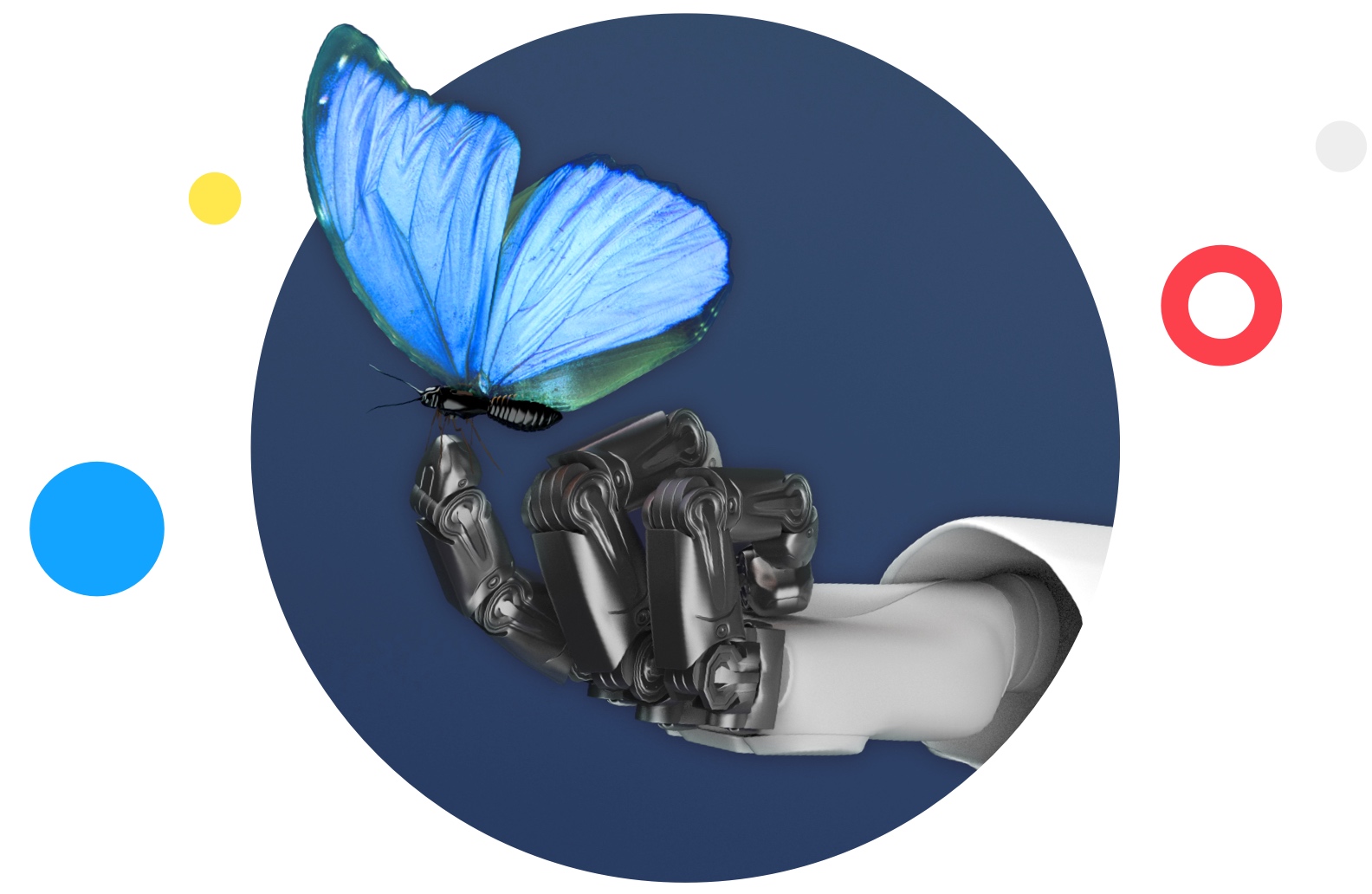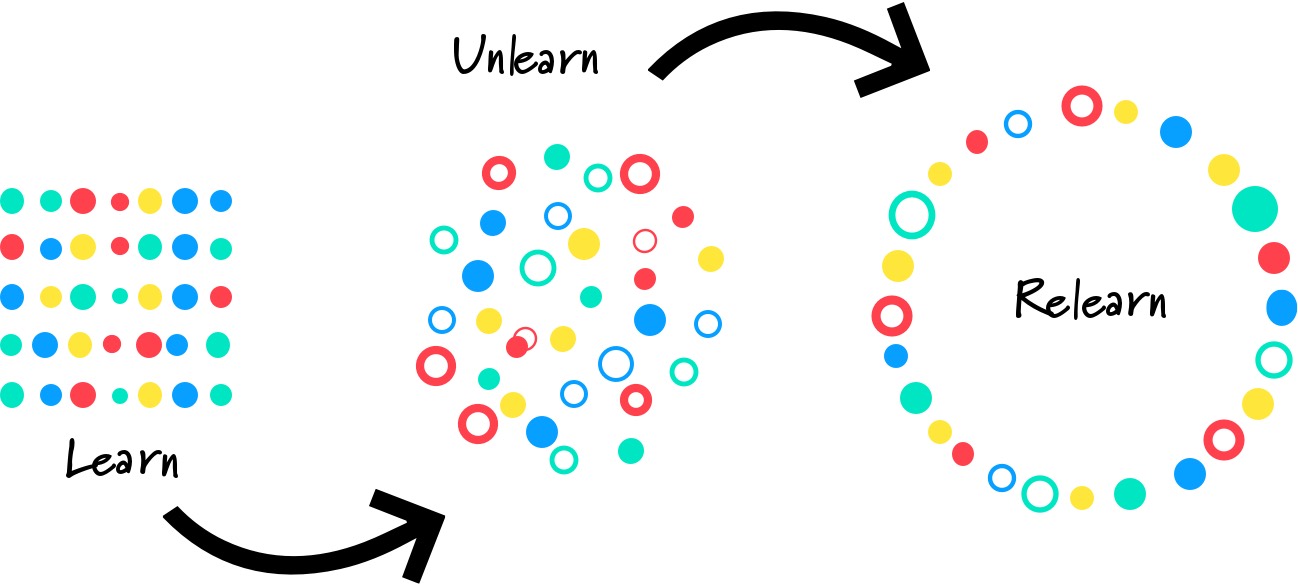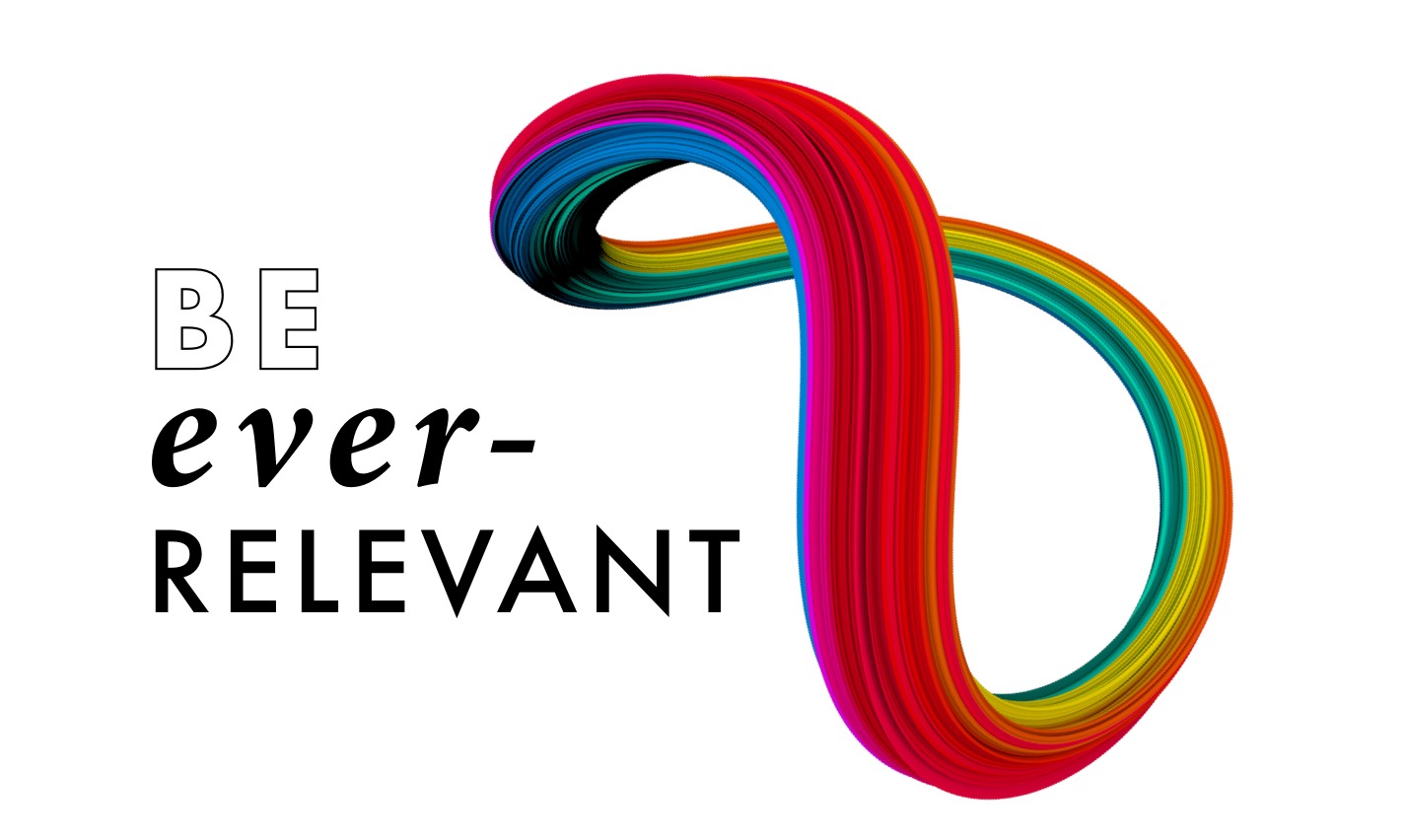What issue can we solve for you?
Type in your prompt above or try one of these suggestions
Suggested Prompt


Insight
The Key to Relevance? Forget What You Know
The Key to Relevance? Forget What You Know
Digital businesses possess four characteristics that allow them to adapt quickly to market forces, technology advancements and customer expectations

Forget everything you know. After decades of learning and experience, it’s a scary thought. Nevertheless, do it. Because at the rate that the world is changing, loyalty to the familiar will leave you behind. To remain relevant, businesses and their employees must learn quickly, unlearn and learn again.
Many established businesses are built on success derived from deep-rooted processes and organizational structures. “A good starting point is to recognize that every single thing that has been considered good business practice in the past is largely meaningless in the context of the digital world… [an organization’s] culture, structure, ways of working and best practices, every one of those things is essentially being rewritten,” says Nigel Vaz, CEO at Publicis Sapient.
Often, this mindset of learning, unlearning and relearning is what makes digital natives and start-ups so successful. They pivot quickly as the market changes, as technology advances and as the bar for customer experience constantly rises. Businesses that enter new market segments, disrupt themselves and the industries they play in and those that seem to be perpetually relevant all embody a certain set of characteristics. None are novel, but, together, they create an unbeatable combination that build the muscle of continuous change.

Everything in service of the customer
For established companies, making a certain product or providing a particular service is no longer enough. “This is how we’ve always done it” and “this is who we are” are no longer justifications. A customer-driven purpose is critical for survival. It creates context and basis for change and gives employees the motivation to drive change. Purpose also helps companies focus and make decisions that affect the long term, instead of slipping into the short-termism of Wall Street that is often at the expense of strategy and value creation.
When customer-centricity permeates the organization, the pursuit and activation of value helps eliminate operational siloes and gets products to market faster. With the customer always the main focus, companies can more easily prioritize their activities, pivot when necessary, optimize existing products and services and tap into new sources of value. Customer experience and value creation require more than great marketing and customer service. They connect the front end and the back end, from everything that touches the customer like the website and the product itself to operations, supply chain and IT.
Airbnb and its community want to “create a world where anyone can belong anywhere.” This purpose has empowered the company to make moves in service of their customers from what products to develop, markets to enter, who to hire and who to acquire. Their purpose goes beyond transactional to aspirational, further driving reasons for change, more value to customers and perpetual relevance. Initiatives like Collections and Experiences present new products that provide additional value to customers through listings for specific occasions and locally run activities. Airbnb’s impact on the travel and hospitality industry has caused traditional players to rethink the role they play in the travel landscape (and beyond), what new digital platforms they can employ and the partnerships they can tap into to drive customer value.
Look from the outside in
Gone are the traditional boundaries, practices and processes of an established business. An outside-in approach looks first at the customer need and translates that into a product that meets that need (customer value). To do so, it’s important to understand the broader context and the forces that are changing the world around us, harness those forces and apply them in the context of customer needs. Digital businesses typically don’t define themselves by the industry they’re in but by the technology that defines them as a company. They use digital as a means to serve their purpose via products and services that evolve along with the pace of change and cut across sectors and industries.
LEGO is an established business that was able to avoid near-bankruptcy in 2004 to become Brand Finance’s “Most Powerful Brand in the World” just over 10 years later. The company took an outside-in look and made the following moves:
- Eliminated or sold off product lines, toys and theme parks that didn’t align with consumer demands and fell outside of their core competency
- Modified successful products it was known for in ways that served the modern consumer to ensure continued relevance
- Expanded into new lines like LEGO Architecture based on market research and consumer insights
- Crossed into new industries with initiatives like “The LEGO Movie” to bridge technological change with its physical products
LEGO’s research-based, experimental approach has allowed the company to stay focused on the customer, grow in new directions, safeguard itself from disruption and continually adapt to change.

Self-disrupt – again and again
Self-disruption is all about embracing the future and building an organization that is in constant beta. Constant beta favors progression over perfection, test and learn over one and done and learning over knowledge. “When you’re attempting to navigate a 100-year-old retailer through a storm of change, becoming a more disruptive organization entails identifying the products you want to improve and changing organizational structures and behaviors as you go,” says Vaz. Disrupting old ways of working, thinking and organizing is often the first step to disrupting the business itself.
Take the UK’s Nationwide Building Society, for example. The 175-year-old banking institution set a new standard for customer relations when it recognized an underserved age group with few borrowing options. Built on an agile platform, the company was the first high-street lender to offer comprehensive mortgage options and digitally convenient advice for people over 55. The new digital platform presents options to members via an app accessible to mortgage consultants who can provide advice based on a member’s situation. As a result, Nationwide has empowered its users in way that sets a new benchmark for itself and the industry, opening the door for continued innovation.
Place smart bets and embrace failure fast
Self-disruption and innovation require risk taking, and for an established business often large-scale risk is what can actually move the needle. However, these companies are also beholden to the quarterly earnings cycle. To balance both, companies can make a series of bets that can help de-risk the overall portfolio:
- Defend: Serve existing markets and audiences leveraging best practices
- Differentiate: Enter new markets and audiences with extensions, enhancements or improvements
- Disrupt: Create new markets and audiences through new business models and structures
A business should do everything it can to only place good bets, but the chance of failure will always be a possibility. See Amazon’s Fire phone, Google+ and Facebook’s Home. In launching new products and services, a product management approach can further help mitigate risk where speed doesn’t always come at the expense of quality and the expectation is to improve over time. Moving from the traditional time, scope and cost to speed, quality and value will help businesses “make sure [they’re] not just meeting the scope of a project but delivering product of value to the customer and to the business,” says Vaz.

Digital Business Transformation Newsletter
Subscribe to exclusive transformation-focused trends and insights.
Related Articles
-
![]()
Case Studies
Reinventing Businesses — Then, Now and Next
We’ve helped businesses become and stay relevant by reinventing their categories with these digital firsts — and building in the flexibility to do it again and again.
-
![]()
Exclusive Book Excerpt
Decode the Digital DNA of Leading Businesses
How do our clients and other successful global businesses sustain competitive advantage in the digital age? Our CEO, Nigel Vaz, wrote the book on "Digital Business Transformation."
-
![]()
The Digital Life Index
Introducing the Digital Life Index
People-first data insights that will solve for an unprecedented Now and equip you for the unknowns of Next.







